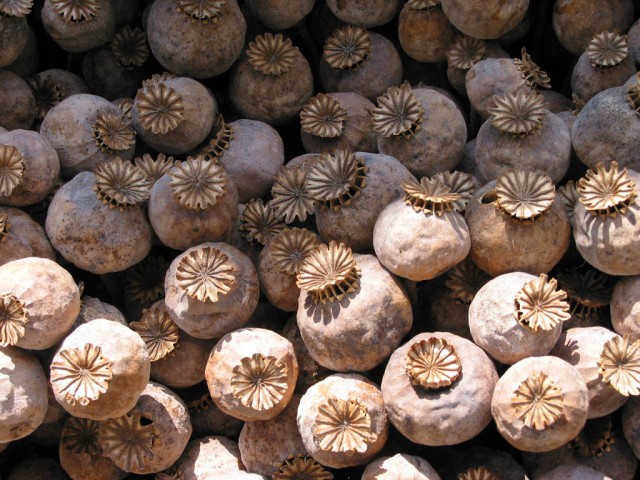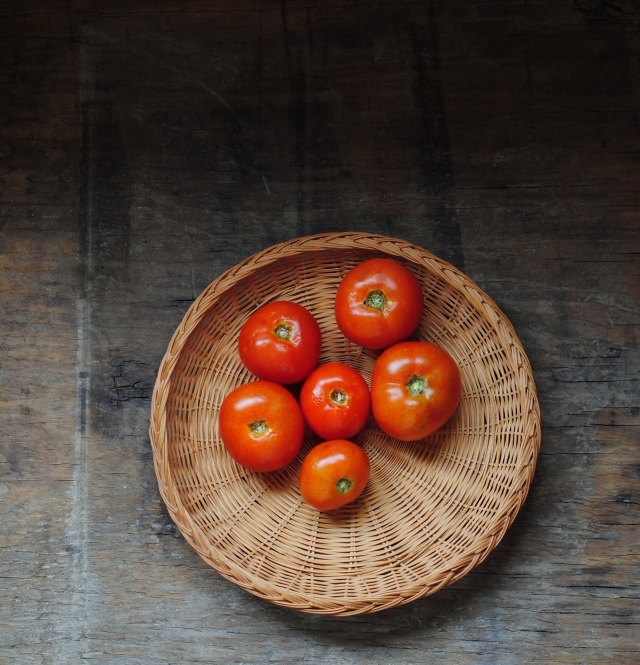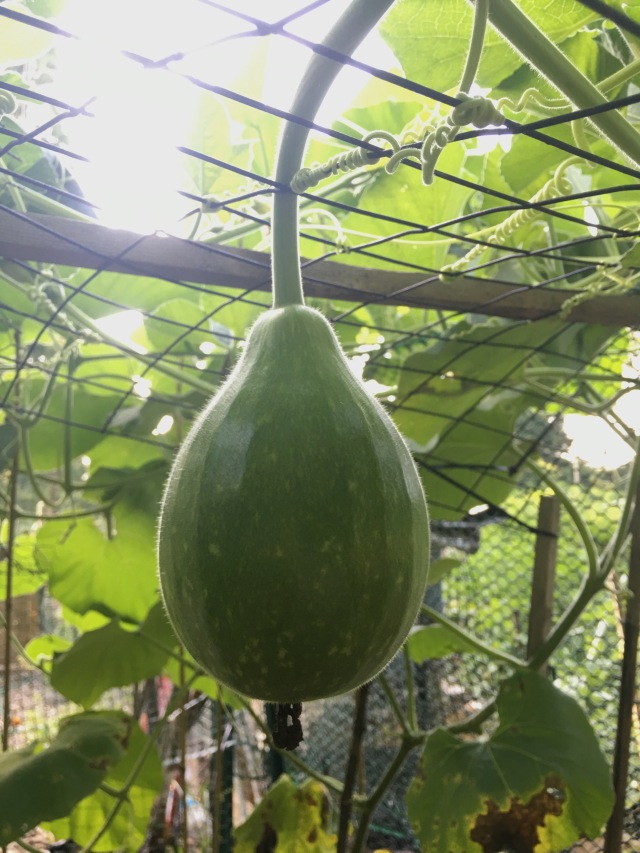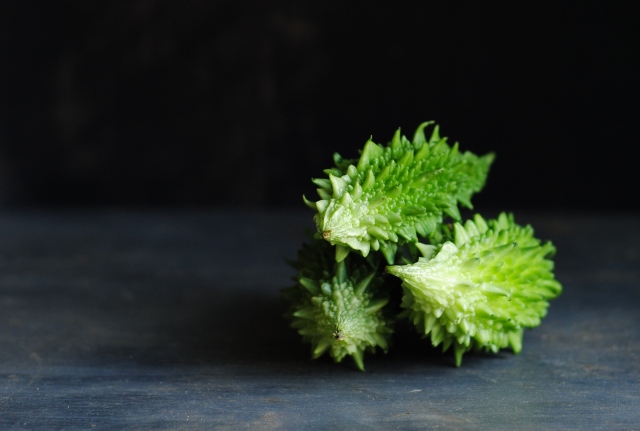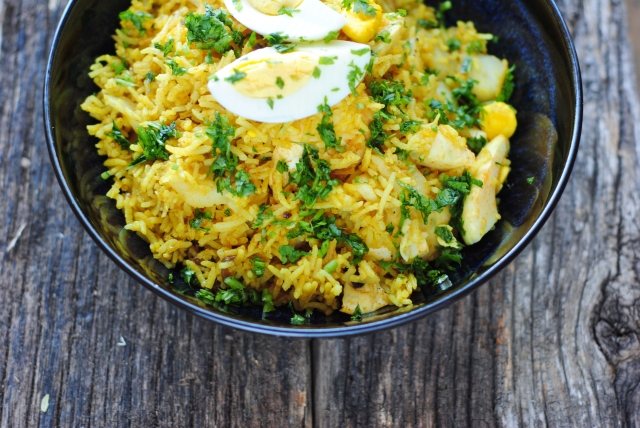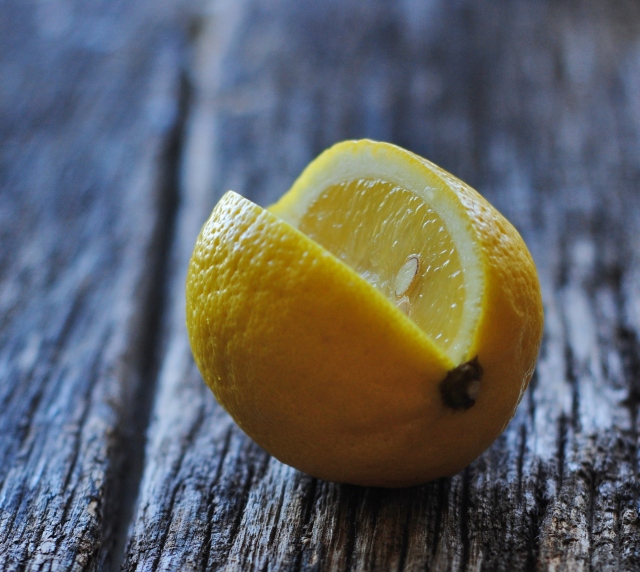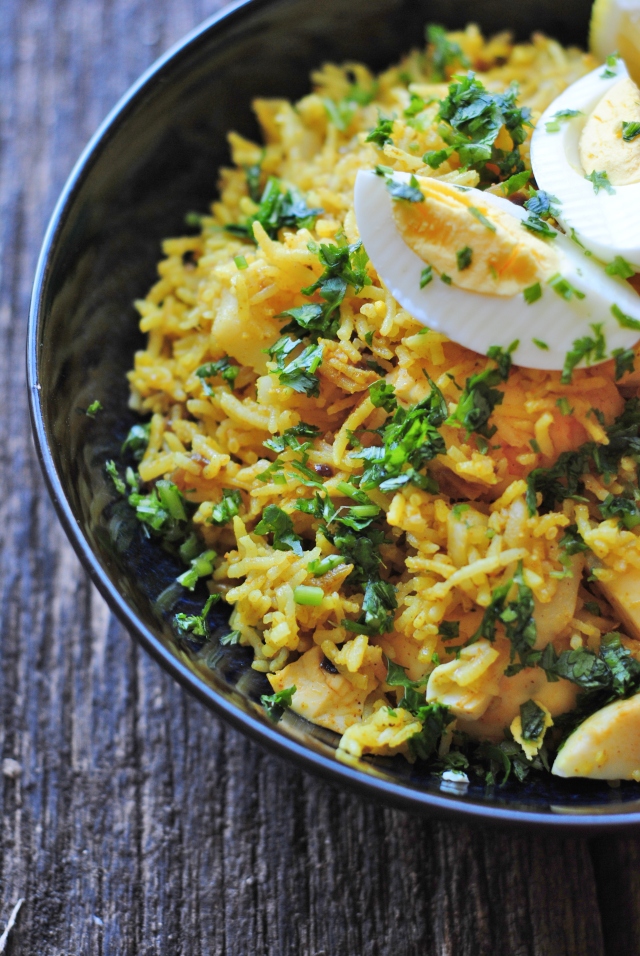

Methi/Fenugreek seeds
Just as the chicken nuggets sold at McDonalds barely resemble real chicken, the modern chicken is about as different as can be from its ancestors. It might be a little bit of a stretch for the imagination, but you must believe me when I say that mighty dinosaurs are the forefathers of the humble bird you see today. Trust me on this one – I’m a zoologist. Of course, they didn’t just change in one jump – the immediate ancestor is the red jungle fowl, from which the chicken were domesticated by early humans. As wild fowls were inefficient flyers, domesticating them was much easier compared to other flying birds. Anyhow, the modern day chicken ultimately turned out to be a mix of several fowl species and it’s hard to pinpoint the actual lineage.

Possibly explaining the continued love of Indians and Pakistanis for tandoori chicken, Lothal, which was a port city in the Indus Valley civilization is believed to be the birthplace of the domesticated chicken. Eventually, it traveled to eastwards to China and westward to the Mesopotamian civilization. The “royal bird of Meluhha” described in ancient Near Eastern texts around 2000 B.C. most likely refers to chicken, which although commonplace today, at that point was still an exotic bird imported from Indus Valley.

Would you believe that people once bred chickens but didn’t even think about eating them? Although it’s now a staple protein the world over, chickens were not originally domesticated to be used as an edible meat. Instead, they were mainly used for divination and cock fights. Anyhow, they were the essential compromise candidate in Indian cuisine because both Hindus (who would die before eating beef) and Muslims (for whom pork is an even bigger no-no) settled on the tender white flesh of the poor chickens. But this took a while, and up until fairly recently chickens were considered inedible by Indians irrespective of religion. Among many possible reasons, one theory goes that chickens were scavengers and grazed the ground for mostly insects, worms and seeds, and were hence considered dirty animals. It was forbidden to the Hindus so recently that even Dr. Sen’s grandfather had to hide and eat it with friends in the mid-1930’s. Although duck, geese, pigeons and other wild fowls were mentioned in Mughal cuisine, chickens were excluded from Akbar’s inventory. As such, it’s somewhat hard to know when exactly the “forbidden” chicken left the cockfighting ring and entered the domestic kitchens in India. In a fatal role reversal for the poor birds, the Egyptians are thought to bred them only for the eggs, but the Indians took the meat and ran with it.

This Lasooni curry is a very simple chicken curry made with few ingredients. It’s loaded with garlic and truly justifies its name (lasoon or lehsan is garlic in Hindi). As garlic is considered to be heat-inducing by Ayurvedic principles, this dish is perfect for winter menus. The kasuri methi or dried fenugreek leaves give it a smoky touch with a very slight hint of bitterness. The yogurt balances the garlic and the bitterness taste and gives the gravy a mildly tangy taste and velvety body. Best served with hot rotis/fulkas, but eating it with rice is not a bad option either.

Dried Fenugreek leaves on the left
Recipe:
This recipe is tweaked from here.
Chicken: 1.7 lbs (that’s what I had in the freezer)
Garlic: 3-4 fat garlic cloves, minced very finely or make a paste of it
Dahi/Yogurt: ½ cup
Methi/Fenugreek seeds: 1 tsp.
Dry red chillies: 2-3
Kasoori methi/Dried fenugreek leaves: a big pinch
Tejpatta/Bay leaves: 2
Green chilies: 4-5 (depending on how hot you want your chicken)
Turmeric: 1 heaped tsp.
Mustard oil/White oil: 2 tbsp. (I use mustard oil by default in my Indian cooking unless there’s a reason not to. But feel free to use your favorite oil)
Water: I cup boiling hot
Salt to taste

Kasoori Methi/Dried Fenugreek Leaves

- Wash and drain the chicken completely.
- Heat up the oil in a deep, heavy-bottomed wok/kadai.
- Turn the heat really low and add the methi seeds. Allow the seeds to sizzle until the seeds turn a shade darker. It will flavor the oil very nicely.
- Take out more than half the methi seeds, otherwise you’ll be biting on a bitter seed very frequently.
- Add the dried red chillies and the bay leaves and allow them to sizzle a little bit as well.
- Add the garlic and sauté the garlic in the oil for a minute or so to infuse the oil with garlic flavor. As there are very few spices, you want to make sure that the oil is loaded with the flavors. But don’t let the garlic burn, it sould take a light golden brown color.
- Add the drained chicken pieces, sprinkle the turmeric and sauté on medium-high heat for several minutes, coating them with the oil.
- Turn the heat low or put the pot on a cold burner and then add the yogurt. Make sure the yogurt is in room temperature and well beaten. This step is crucial because it will prevent the gravy from turning into granules. You want velvety-silky-smooth gravy.
- Stir the whole thing several times to bring up the temperature of yogurt so that you can return the pot to the original burner.
- Keep sautéing/turning the chickens on medium high heat.
- The meat might release a lot of water. In that case keep sautéing until oil releases from the sides.
- Add the kasoori methi and sauté for a minute.
- Add water and salt and bring it to a boil. Add the green chillies spilt halfway through. Keep boiling on low-medium heat until you get a smooth gravy and the raw taste of the yogurt/spices are gone. Check for salt and add more if needed.
- Make sure you have a lot more gravy than you prefer because the chicken is going to soak up almost half the liquid.
- Let the whole thing rest for 15-20 minutes. This step is very necessary because it will make the chicken absorb the gravy and the gravy will reach its desired consistency. Reheat a little bit before serving.
- I like mine with lots of gravy to soak up my rotis and eat the gravy with a spoon. It’s very refreshing on a cold winter night. If you wish, you can adjust the consistency according to your liking.



